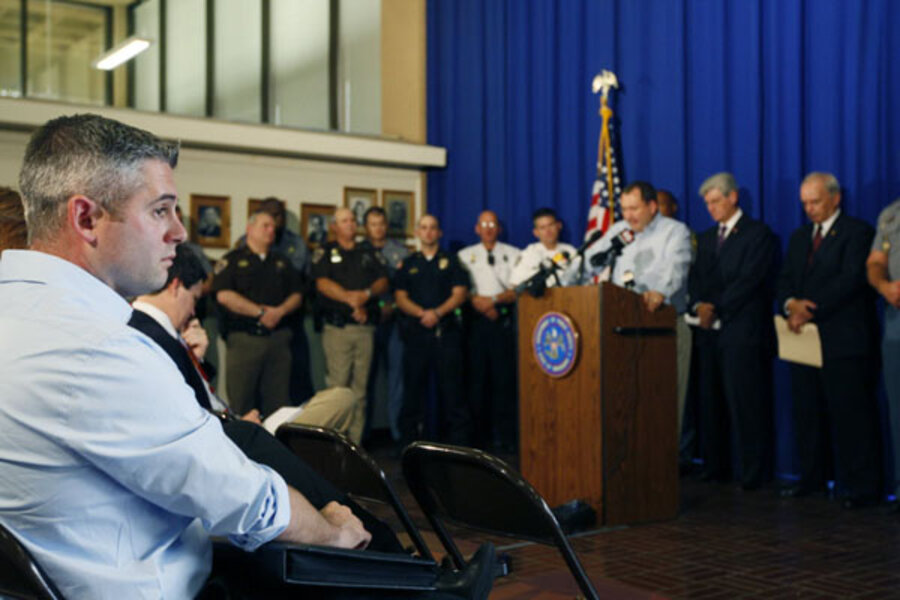CDC: Teen drinking and driving dropped by half in two decades
Loading...
| Atlanta
The percentage of U.S. high school students who drink and drive has dropped by more than half in two decades, in part due to tougher laws against driving under the influence of alcohol, federal health officials said on Tuesday.
In 2011, 10.3 percent of high school students 16 and older reported drinking and driving in the previous 30 days, compared to 22.3 percent in 1991, according to a new Centers for Disease Control and Prevention study.
The CDC credited the nearly 54 percent decline to stricter laws against drunken driving and restrictions on teen driving privileges, such as limits on the hours teenagers may legally drive at night.
"We've seen really good progress," CDC Director Thomas Frieden told reporters. "We're moving in the right direction, but we need to keep up the momentum."
Despite the decrease, nearly 1 million high school students consumed alcohol before driving last year, the report showed.
Drinking and driving among teens is a factor in more than 800 deaths annually, and car crashes remain the leading cause of death among teens aged 16-19, the CDC said.
For the report, the CDC analyzed risk behavior data collected from thousands of high school students through national surveys and from 41 states.
In 2011, the percentage of students who reported drinking and driving in the previous 30 days ranged from a low of 4.6 percent in Utah to a high of 14.5 percent in North Dakota.
Male students aged 18 and older were the most likely to drink and drive and 16-year-old female students were the least likely, the CDC said. Eighty-five percent of high school students who reported drinking and driving in the prior month also admitted binge drinking, defined as having five or more drinks during a short time period.
The CDC said another factor in the decline of teen drinking and driving was that high school students increasingly were driving less, possibly because of higher gasoline prices and a slowdown in the economy.
From 2000-2010, the percentage of high school seniors who did not drive during an average week jumped by almost a third from 15 percent to 22 percent, the health agency said.
Frieden said parents were vital in ensuring that rates of teen drinking and driving continue to decrease.
"Children see how their parents drive from a young age and model that behavior," he said. "Parents are a key part of the equation here."





